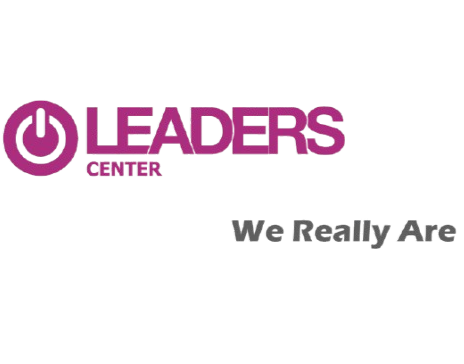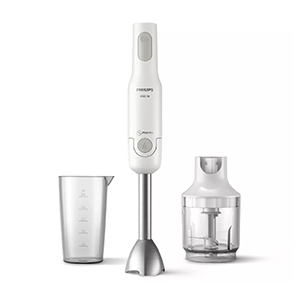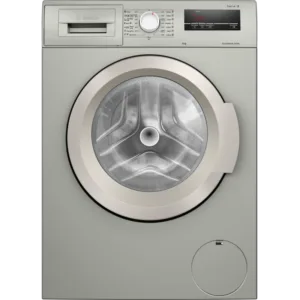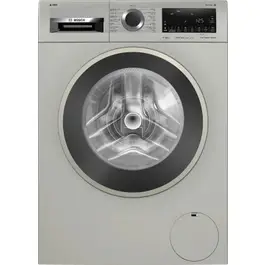Fresh water has become a more endangered resource with each passing year globally, so measure this on our country, the Hashemite Kingdom of Jordan, which is one of the most resource-scarce countries around the world, knowing that the human share of water in the world is 500 cubic meters and the availability of the water share per person in Jordan is 61 cubic meters in the normal economic situation and here we as the private sector have the responsibility to provide devices to help conserve water and energy, which helps our country environmentally and economically, We work to provide more accurate information by reading about how to use your devices efficiently and take advantage of your device’s potential to save water and energy. To be able to continue to meet our needs, we have to change some behaviors in using water within the home, cooperating as a community.
Water conservation in the kitchen
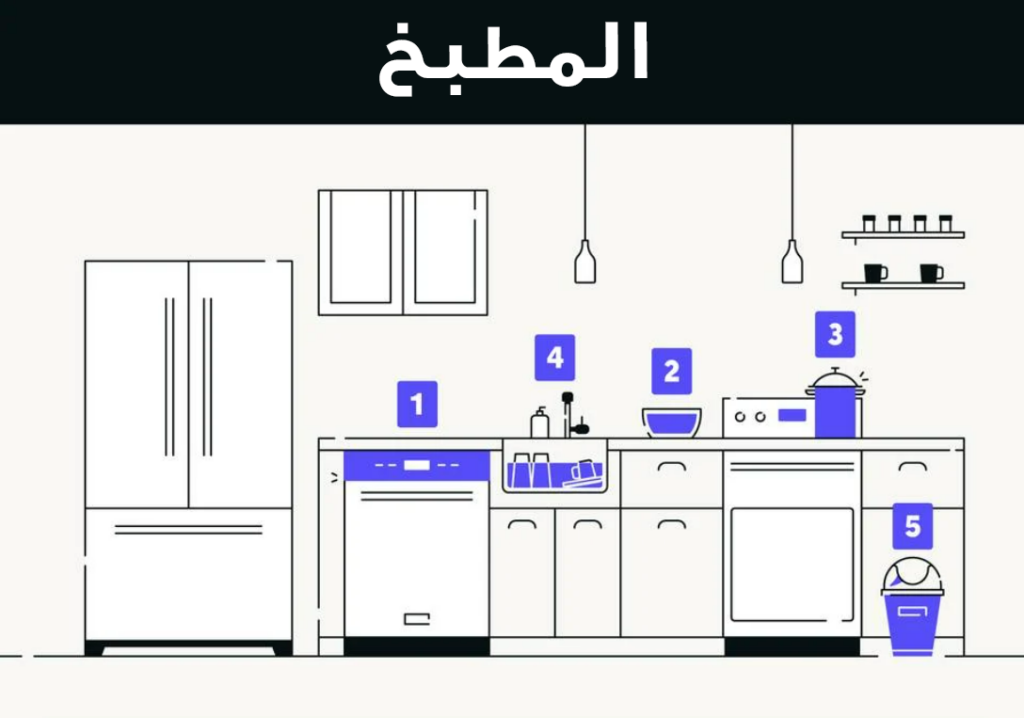
A dishwasher has multiple advantages, it saves water which means less energy, knowing that 80% of the energy in each cycle goes into heating the water. Here are some easy ways to follow while using a dishwasher:
Eco First, you can save water by using the
- It is an energy-efficient program that washes dishes at a lower temperature and uses less water per cycle. This will help you wash your dishes at a lower cost and save water and money. Saves up to 20% of the water in a regular dishwasher
- Make sure your appliance is fully loaded before turning it on to make sure it is at maximum capacity, this will help make the most of your appliance’s energy, water, and detergent. Although there is a half-load program to save water, it will not equal half, so it is better to wait until the dishwasher is full and then choose the environmental or water-saving program which will save the cost of operation on water and energy money
- Water saving can also be affected by the way you load your kettle, it can affect the water reaching the detergent dispenser, which can lead to an unsatisfactory result, and you want to re-wash the dishes causing you to waste time, energy and water, so be careful not to overload, load large items at the back and smaller items at the front
- Avoid rinsing dishes before loading in the dishwasher, you can use the rinsing program if available, or simply remove large food debris from the dishes and wipe your plate with a paper towel before loading, and pre-soak the dishes if you have to before loading them in the dishwasher. Don’t worry, all dishwashers nowadays are configured efficiently enough to get rid of all the dirt on your dishes
- To save energy, instead of drying the dishes with electric heat or a fan in the dishwasher, simply open the door after the wash cycle and let them air dry. The water used in most kettles is hot enough to evaporate quickly, and this method can save 15% of the total energy used from the kettle’s air-drying cycle
Water conservation in the laundry room
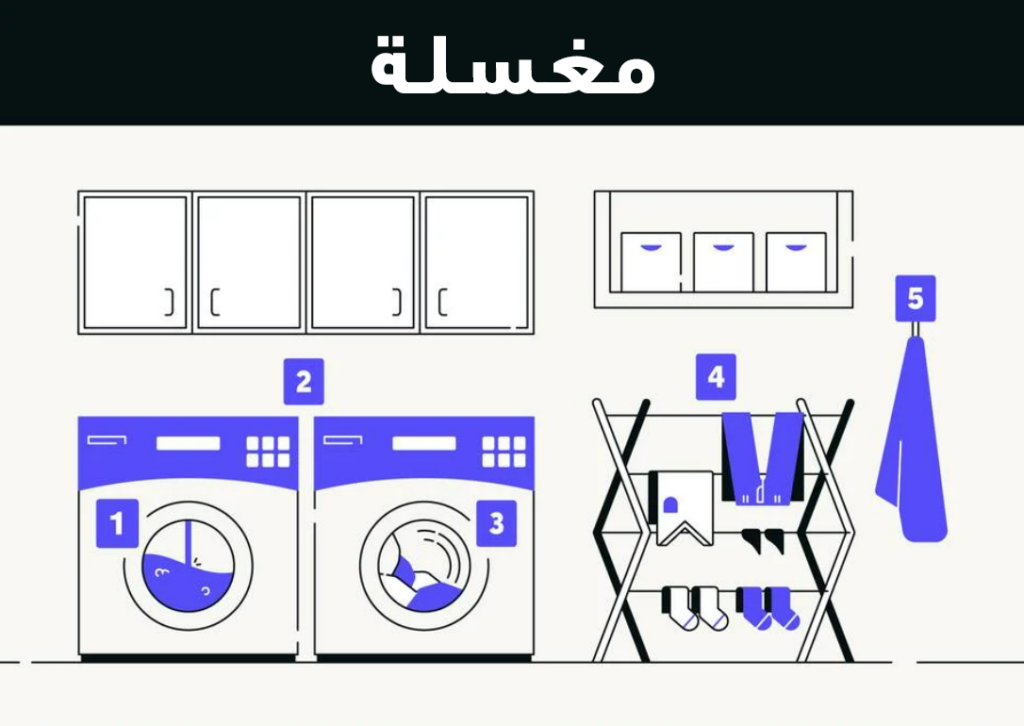
- The design of front-loading washers gives clothes a good wash using only a fraction of the water that top-loading washers use, but if you’re a fan of a top-loading washer, choose one with high efficiency (water and energy efficient).
- When choosing your washing machine, check the energy label when choosing a washing machine with a lower water rating The rating is based on the amount of water used per liter for the washing machine, and the lower the water disposal rate, the more water-saving the appliance is.
- Washing a full load is the most water-efficient option, but if you have only a few pieces of clothing to be cleaned, choosing the right program for the small capacity setting is preferable, and choosing the right program for each load will save water and improve cleaning results. Another strategy used to save water is pre-treating stains to avoid having to re-wash clothes Even if you make all efforts to save water and minimize water consumption, a small leak can cause a relatively high spike in your water bills. Check for leaks and drips in sinks and water pipes.
- Keep a regular check on the maintenance of your laundry room and pay attention to hose connections and weak spots, check the floor under the machine if you find puddles, this is an issue and a place where the washing machine disposes of dirty water
- Sometimes it is also preferable to dry by hanging on a dryer, which saves energy, and reusing personal towels can save up to 550 liters of water per week.
Saving water when using the dryer
Dryers are mostly popular in winter, as dryers offer many advantages, although air drying is the best to conserve water and energy, however, in winter it is not preferred for multiple reasons such as limited space to dry the air indoors, it also helps save ironing time, dryers eliminate the need for ironing when used properly, you will avoid any wrinkles that form without using an iron due to the simple heat
- Load the dryer a full load, the dryer will take longer to dry the clothes, a few loads may take longer to dry, it is always best to separate towels from cotton or bedding
- Switch loads while the dryer is still warm, this will help you by using the residual heat left inside from the previous cycle to the next one.
- Your dryer will run more efficiently and safely, when you remove the fluff and clean the filter with a toothbrush to remove buildup that can reduce air circulation and cause rust such as fluff burns inside the dryer drum, this will help you maintain your dryer and save time on re-drying clothes, drying efficiency decreases due to a dirty filter.
- If your dryer has a moisture notification option, it will help teach you to stop the cycle and preferably open the door when you’re done to prevent re-moistening the clothes. The notification also helps when the items are dry, which will save energy and minimize rips on your clothes due to over-drying.
- Choose dryers with a high certified energy rating that saves 20 to 60 percent
- Reuse water from the dryer tank, as some dryers have a tank that contains water from the wet clothes inside, and the water is distilled water that can be used to wash your car, water your plants, or fill the steam iron, thus conserving water
Water conservation in the home bathroom
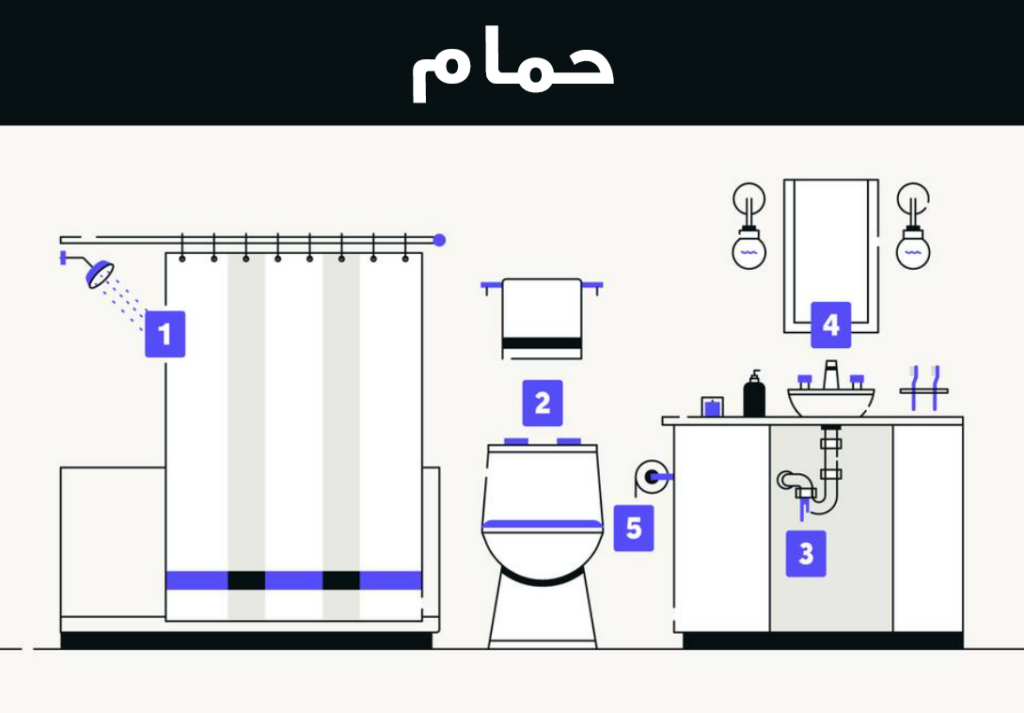
- Instead of filling a bathtub, it is preferable to use a shower, as its use saves 40% of water consumption, as the normal shower, according to studies, is 9-11 minutes, and some people more, and the saved shower is 6 minutes. This does not mean that attention to personal hygiene and so on stops, but we call for wise use of water.
- Niagara consumes 26% of household water consumption, while the non-saving Niagara consumes 12 liters in the case, i.e. when using one push button, a full tank of Niagara water can be drained, while the two-button saver uses 6 liters in the case because it provides a choice for the consumer to use half or full tank, and here we can with a modification of daily behavior work to save water directly with simple operations.
- While brushing your teeth twice a day is important (and we can’t stress that enough), turning off the faucet while brushing your teeth can save up to 38 liters of water per day. Use a cup, instead of your hands, to rinse your mouth once you’re done brushing to save even more water
- Don’t waste up to 500 liters of water on leaky bathroom appliances. These devices or leaking pipes are a huge waste of water, and the worst part is that you don’t realize you’re using them.
Water conservation in the home garden

Up to 50% of outdoor household water use is lost to wind, evaporation and runoff caused by inefficient irrigation methods. Save up to 550 liters of water per week by checking your irrigation system monthly.
It depends on the size and content of your home garden, of course, and whether you have a garden or not
You should also adjust your watering schedules depending on the time of day, and run the sprinklers less frequently in the winter months. In addition, it is preferable to run sprinklers in the morning to lose less water due to evaporation.
Spend less time and energy watering your garden and maximize water conservation by being selective when buying plants. Look for plants that tolerate high temperatures and are drought-resistant.

Visit the website of the Ministry of Water and Irrigation in Jordan: https://www.mwi.gov.jo/Default/Ar
